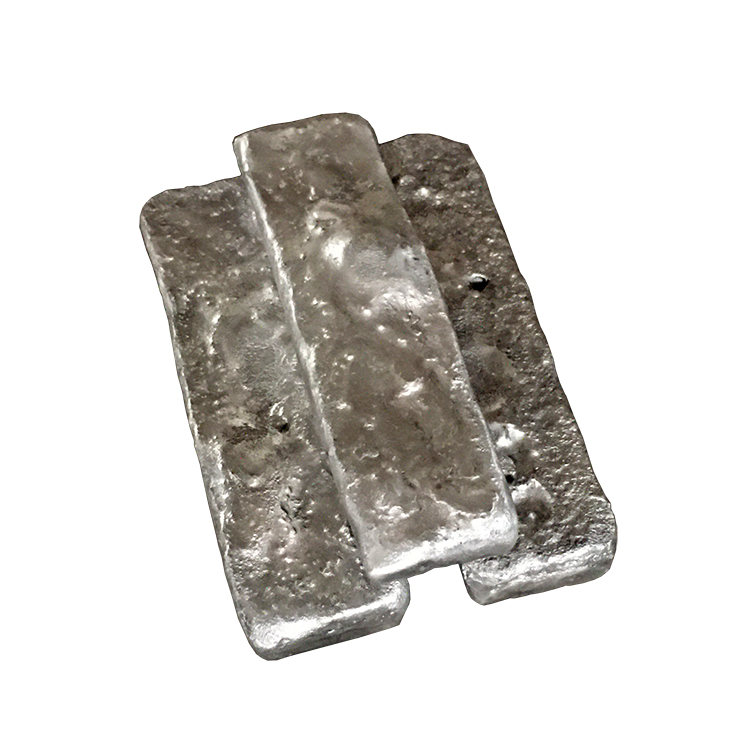Rare Earth Steel is steel that contains a certain amount of rare earth. Rare earths now refer to lanthanides with atomic numbers 57-7l in the periodic table, as well as yttrium and scandium, a total of 17 elements. With rare earth in steel, its performance can be improved, which is reflected in deep drawing performance, corrosion resistance, wear resistance, drawability and so on.
Purification
Rare earths have high chemical affinity with impurities such as oxygen and sulfur in molten steel. At the steel making temperature (about 1873K), rare earths can react with impurities such as oxygen and sulfur in molten steel to form rare earth oxides, sulfides or oxysulfides. The deoxygenation equilibrium constants or desulfurization equilibrium constants of these reactions are lower or close to commonly used deoxidizers and desulfurizers. Therefore, rare earth steel additives can be used as strong deoxidizers and desulfurizers for molten steel to purify. Commonly used rare earth steel additives are mainly mixed rare earth metals or high-grade (RE>27%) rare earth ferrosilicon alloys, and sometimes rare earth oxides with mixed reducing agents are also used.
Metamorphism
The oxides, sulfides or oxysulfides formed by the reaction of rare earth with oxygen and sulfur in molten steel can partially remain in molten steel and become inclusions in steel. Due to the high melting point of these inclusions, they can be used as non-homogeneous nucleation centers during the solidification of molten steel, and play the role of refining the solidification structure of the steel; and because these inclusions are not easily deformed at the rolling temperature, they still remain small spherical or spindle. The shape of the inclusions in the steel can be controlled, so as to avoid or overcome the anisotropy of the properties of the steel caused by the extension and deformation of other types of inclusions (such as MnS) during hot pressure processing, and make the longitudinal and transverse direction of the steel. The performance in the thickness direction tends to be consistent. This metamorphism of rare earth treated steel is the most important application content of rare earth steel additives at present.
Alloying
There may be solid solution of trace rare earths in steel, especially high carbon steel and some alloy steels, which may produce some alloying effects. This alloying effect is that rare earth affects the phase transformation process of the steel, changing the composition and structure of the phase transformation products, thereby improving the fatigue properties and corrosion resistance of the steel, and improving the microhardness of the steel. The proportion of rare earth steel additives currently used for (micro)alloying purposes is relatively small. In order to achieve the (micro)alloying effect of rare earths on steel, the metallurgical conditions must be strictly controlled. The rare earth steel additives used are mainly single rare earth metals ,such as yttrium metal,and their iron alloys, such as Fe-Ce, Fe-Y, etc., sometimes mixed rare earth metals are also used.
If need the yttrium metal, please contact us for the stainless steel.
Our company is the manufacturer for the yttrium metal, gadolinium metal, erbium metal and the magnesium master alloy with rare earth element.

Contact: Adam Xiao
Phone: 0086-797-4600859
E-mail: sales@gzftalloy.com
Add: No. 2, Gaoxin Avenue, Ganzhou High-tech Industrial Development Zone, Ganxian District,Ganzhou City,China